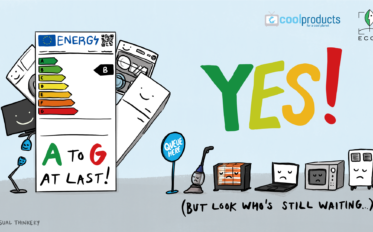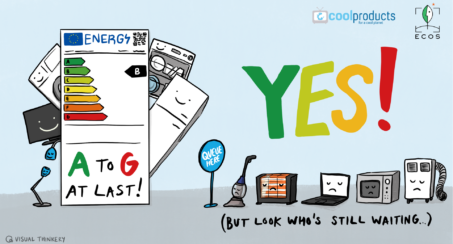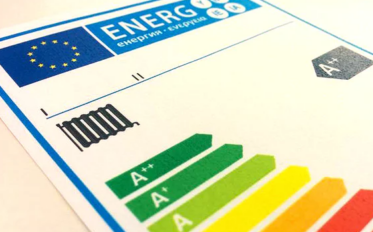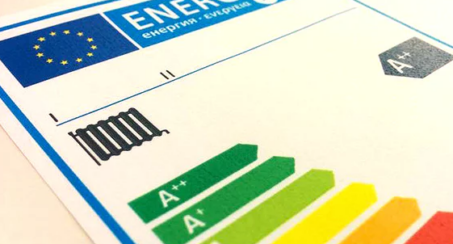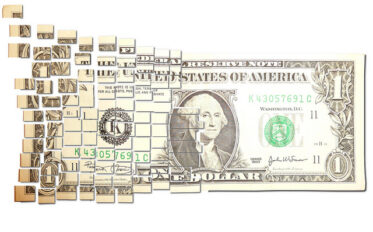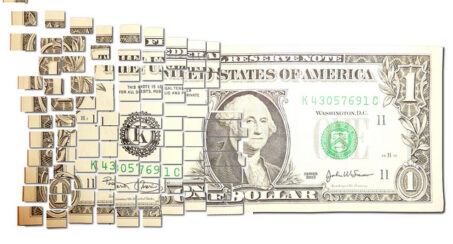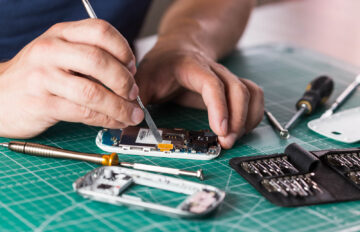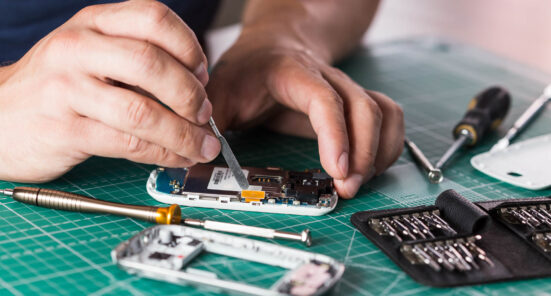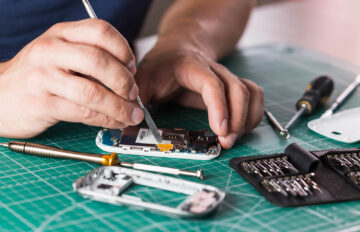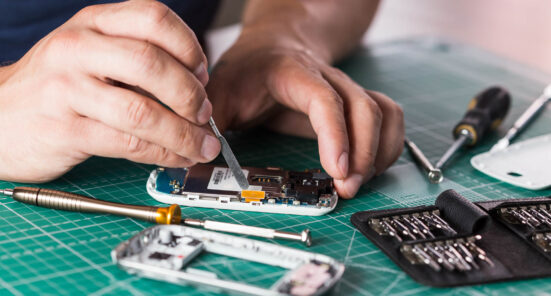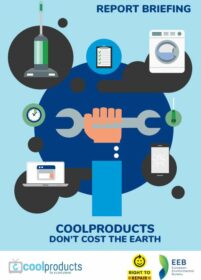Displays (televisions, computer monitors and other screens) are larger and larger, with increasing functionalities and picture-enhancing features, which do not come without an energy and environmental cost.
The widespread use of LED backlighting has led to substantial energy efficiency gains in TVs in the last decade, but the rise of new picture standards such as 4K/8K and HDR (high dynamic range) is driving consumption up again. The energy use of all European displays (TVs, monitors and signage displays) is estimated at around 100 TWh per year, which is equivalent to the residential electricity consumption of Spain and Poland combined.
Electronics manufacturing is also a highly resource- and energy-intensive process. Display manufacturing accounts for substantial CO2 emissions, has a major footprint on land use, and requires the use of critical raw materials, the extraction of which is highly energy-intensive,. Some displays also include hazardous substances such as mercury, lead and flame retardants, which pose environmental and health concerns.
What’s the European Union doing?
Ecodesign and energy labelling measures were adopted for TVs in 2009, with staged minimum efficiency requirements entering into force by 2012, and labelling classes A+, A++, and A+++ gradually added to the initial A-G labelling scale. Several studies have revealed that these regulations lacked ambition, overlooked a number of products such as monitors, and did not cope with technological development.
Their review began in 2014 but was delayed several times. It was not until the end of 2018 that the new regulations were finally passed. They will enter into force in 2021, with an enlarged scope (covering also monitors), stricter set of minimum energy efficiency requirements, some material resource efficiency provisions (easy dismantlability, marking of plastics parts, flame retardant restrictions, and availability of spare parts), and a more challenging rescaled A-G energy label.
These revised and strengthened regulations are expected to save 39 TWh/year of electricity by 2030, which is nearly as much as the residential electricity consumption of Sweden.
What does the Coolproducts campaign want?
-
A quicker upgrade of display test methods, to ensure that the test video loop is more representative of real-life viewed content;
-
A requirement that displays are tested with their latest available software, since software updates for connected televisions could adversely impact energy consumption;
-
A full and strict regulation of signage displays, notably because of the fast mushrooming of advertising displays in the public space;
-
Use of the energy label to communicate information about resource efficiency (e.g. repairability score);
-
Sufficient levels of public communication on the new energy label format, to help consumers during the transition period in 2021.
Coolproducts technical input and position papers:
2018 – Displays: Recommendations on the final Ecodesign and Energy Labelling proposals
2017 – Feedback on the revised Ecodesign Working document
2015 – Contribution to the European Commission revised working document
Further reading:
Preliminary study on Signage Displays, Confédération Suisse, September 2017
Closing the reality gap – ensuring a fair energy label for consumers, CLASP, ECOS, EEB, Topten, June 2017
Lifetime of electrical appliances becoming shorter and shorter, UBA, November 2016


